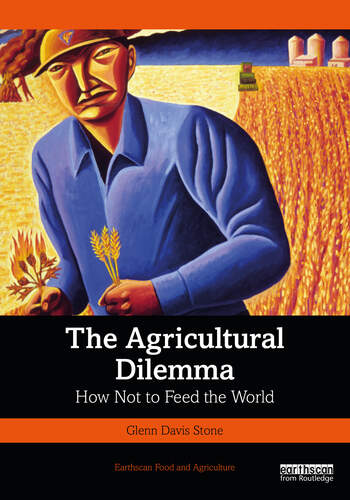The myth of “feeding the world”
Subsidizing agricultural overproduction and industrial technologies, and marginalizing alternatives
DOI:
https://doi.org/10.5304/jafscd.2023.123.008
Keywords:
Population Growth, Industrial Agriculture, Malthus, Green Revolution, AlternativesAbstract
First paragraph:
How many times have you heard some version of the phrase “we need to produce more food to feed a growing population”—often attached to impressively precise estimates of the percentage increases and specific dates far into the future?
If you’re reading this journal, it’s probably in the thousands, if not more. In this book, Glenn Davis Stone dismantles such claims and shows who is really benefiting from their constant repetition (hint: it’s not most of us). He suggests a description of a problem that should be widely repeated instead: overproduction due to massive government subsidies—particularly for input industries—is leading to the runaway industrialization of agriculture and its numerous negative impacts. . . .
Metrics

Downloads
Published
How to Cite
Issue
Section
Categories
License
Copyright (c) 2023 Philip H. Howard

This work is licensed under a Creative Commons Attribution 4.0 International License.
The copyright to all content published in JAFSCD belongs to the author(s). It is licensed as CC BY 4.0. This license determines how you may reprint, copy, distribute, or otherwise share JAFSCD content.











